In a joint interaction, Glyn Jones, Country Manager and President – India at Gestmap and Sachin Bhoutkar, Director R&D BIW India, Gestmap, shared insights with Richa Tyagi, about the company’s operations, growth trajectory, and strategic innovations within the Indian market.
Q. How has the India journey been?
A. We have been operating in India since 2006, with four production facilities and over 1,500 associates who support a significant portion of our client base. Our journey has been one of steady growth as the passenger vehicle market in India continues to expand. While the market was growing in a somewhat unstructured way before 2020, post-COVID-19, we have observed a surge in the demand for personal mobility, in the four-wheeler segment. With the government projecting optimistic growth figures, we are confident about our long-term presence in India. Our core expertise lies in serving the passenger vehicle sector, and our innovative technologies are perfectly aligned to meet the evolving needs of the market here.
Q. How does India compare to the globe, and how are you aligning with this shift?
A. The market in India is highly dynamic, driven primarily by two factors i.e. cost competitiveness and the need to rapidly introduce new products. India shares many similarities with other Asian markets in terms of the speed at which products are brought to market, and this is where our strength lies. Our advantage stems from our early involvement with clients through our R&D teams, which are actively engaged in understanding client needs as early as possible. This allows us to provide the right information and solutions to our customers in the shortest possible time.
In today’s market, having the latest technology and innovations in vehicles has become a brand and fashion statement. In our segment, which focuses on body and chassis (body-in-white), the emphasis is on safety, performance, lightweight technology, and introducing new innovations to the market as quickly as possible. Our global structure supports this approach, we operate 115 plants worldwide, all designed with modular construction and standardised technology. This means the technology we use in India is identical to what we deploy in Asia Pacific, Europe, and North America. This standardisation creates a ‘plug-and-play’ model from an operational standpoint while simplifying our R&D processes.
From design and concept to prototyping, pre-production, and final production, our processes are streamlined and efficient. This standardisation is a key driver of our success as an innovation-focused company. Our ability to deliver innovative solutions to our clients is at the heart of our business, enabling us to stay ahead in a competitive and fast-evolving market.
Q. What innovative solutions are you bringing to the stamping and chassis segments in India and how do they contribute to vehicle safety and performance?
A. We have a wide range of innovative concepts and solutions ready to be introduced. On the production floor, you will see stamping integrated with multiple functionality, making components lighter and safer. This includes advanced stamping technologies designed to reduce weaknesses and provide better protection for the vehicle body. Additionally, in our chassis segment, we have the Hyper Tube, a high-strength material offering excellent durability and reduced weight. We also have several new products on display, including advanced mechanisms, showcasing the latest in automotive technology.
Q. Sustainability is a major focus in the industry today. Can you tell us about any initiatives your company has undertaken in India to promote sustainability?
A. To make our products more sustainable, we are already consolidating our operations in India by using renewable energy sources. Out of our three production locations, one has already adopted solar technology, while the other two rely on green energy from third-party suppliers or government incentives. This is a key step toward achieving our sustainability targets for 2030 and beyond.
Additionally, the manufacturing process is energy-intensive, as we need to heat materials to 900 degrees Centigrade, form them, and then rapidly cool them. Several years ago, we made the decision to move away from traditional electric furnaces and switch to gas furnaces. Now, at our new facilities in India, all furnaces are powered by gas, aligning with our goal of carbon neutrality. We are well on our way to meeting our 2030 sustainability targets, and we are also focused on waste management and improving resource efficiency in production.
Q. How is your company addressing the concepts of green steel and circularity?
A. We have made significant progress at our European headquarters, in the areas of green steel and circularity. We have established a recycling system where everything we produce is recycled through our own dedicated company, which supports our global operations. As upstream processes, such as steel mills, evolve and adopt more sustainable technologies, we are well-positioned to benefit from these advancements. Currently, all the raw materials we produce are recycled through our sister company, and we then return that material to Europe and North America for reinvestment. We anticipate that India’s future steel mills, scheduled to come online next year, will also have the capability to support sustainable processes. India is rising to the challenge of becoming more sustainable, and we are actively contributing to this effort.
Q. With India being one of the largest vehicle markets, how do you view its growth potential, and what are your expectations for the market over the next few years?
A. Looking ahead to the next five to six years, we are optimistic about the growth potential in India. Post-COVID-19, the market has shown sustainable growth, and the government’s projections seem realistic. India has now become the third-largest market for vehicles globally, and we expect a steady annual growth rate of around five per cent. By 2030, the government’s target is to achieve a production capacity of seven million vehicles, which we believe is achievable. We are already seeing growth this year, though not quite at five per cent, but there is still room for improvement. We are confident about the future and committed to staying in India for the long haul, as we understand the market’s concerns and its shift toward lightweight technology, safety, and performance.
Q. What efforts have you made to build a local workforce?
A. I would say that 99.5 per cent of our workforce in India is local, with nearly 1,500 associates, the vast majority of whom are local talent. We actively bring in local talent from an early stage, and as part of our CSR efforts, we focus on bringing students from underprivileged and rural communities into the educational system. We are currently sponsoring and nurturing 21 students from rural backgrounds, helping them develop into future leaders. In addition to this, we are working on various initiatives to ensure that our team is fully equipped to take on any role within the organisation. Every position is open to our local teams, and we are proud to have a talented pool of people here in India. We are committed to developing them for the long-term success of the company. ACI
“In our segment, which focuses on body and chassis (body-in-white), the emphasis is on safety, performance, lightweight technology, and introducing new innovations to the market as quickly as possible.”
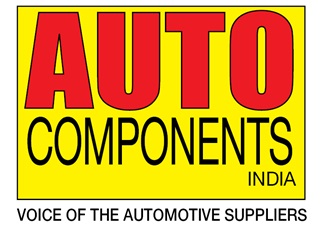

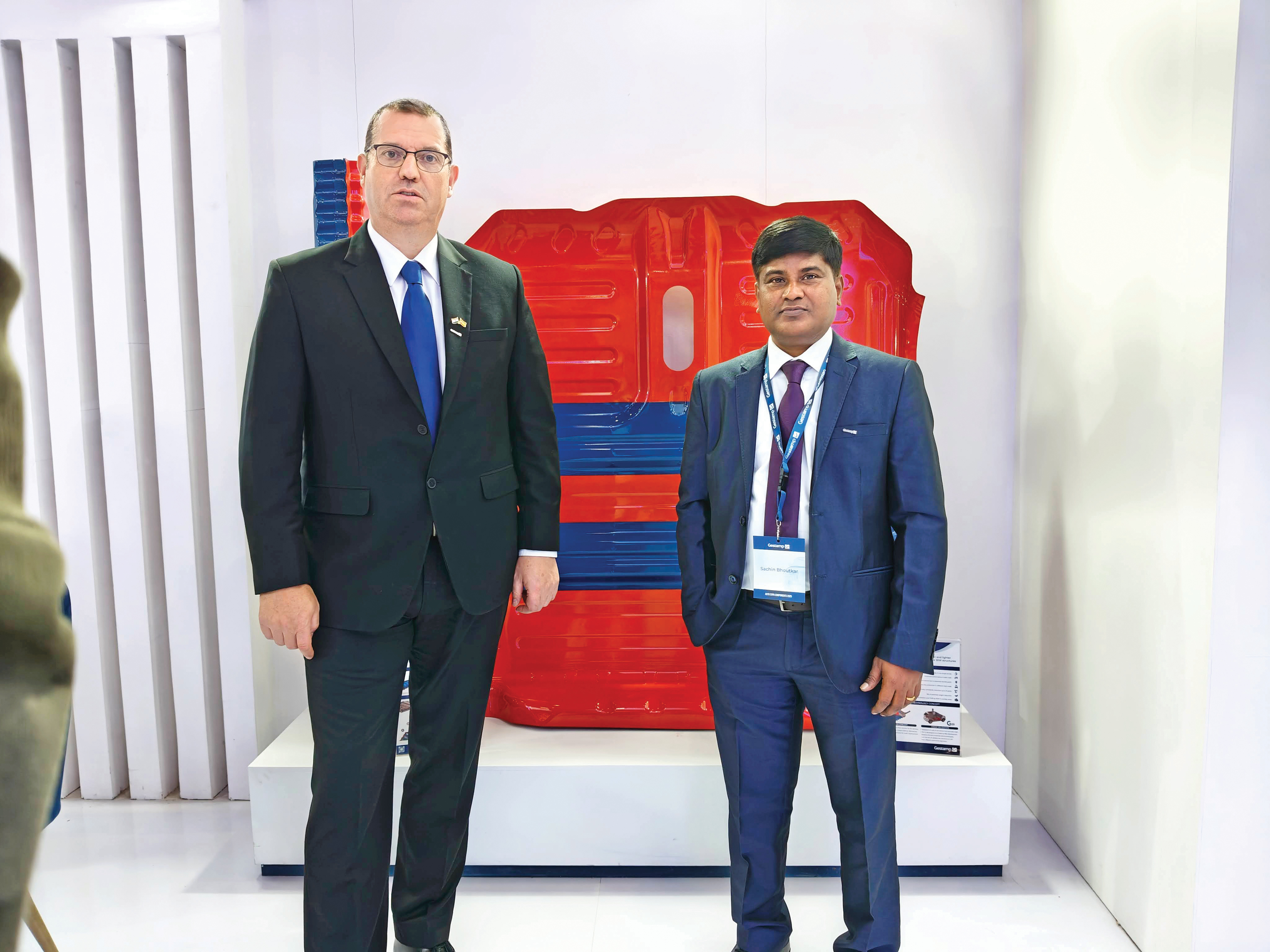
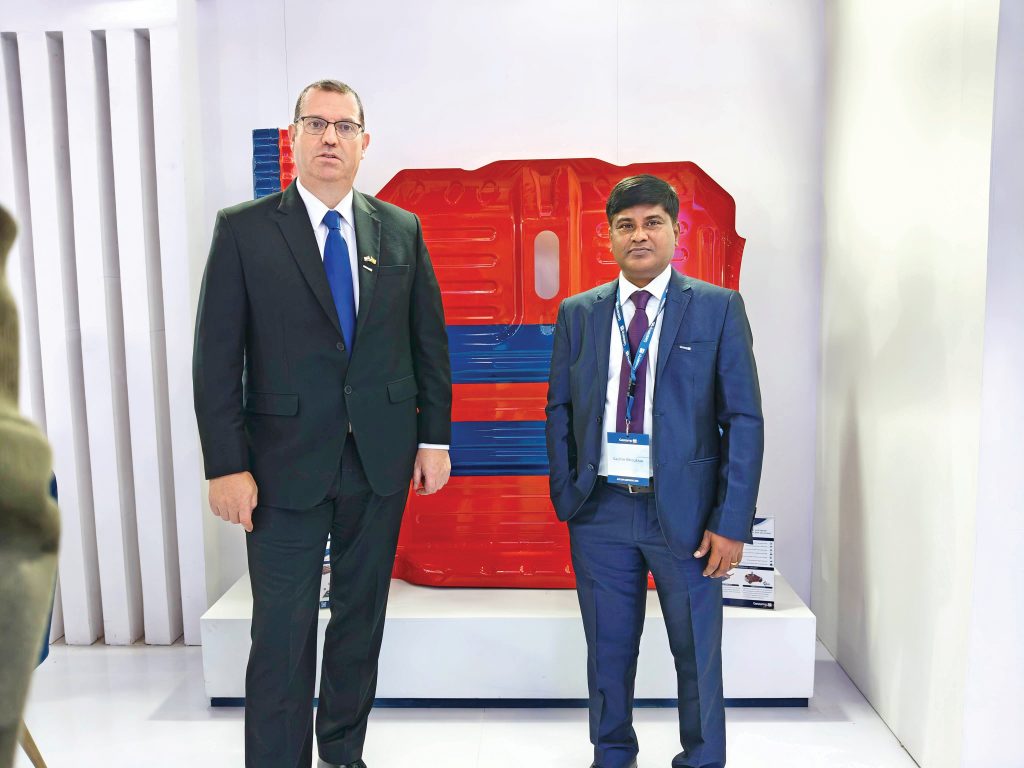


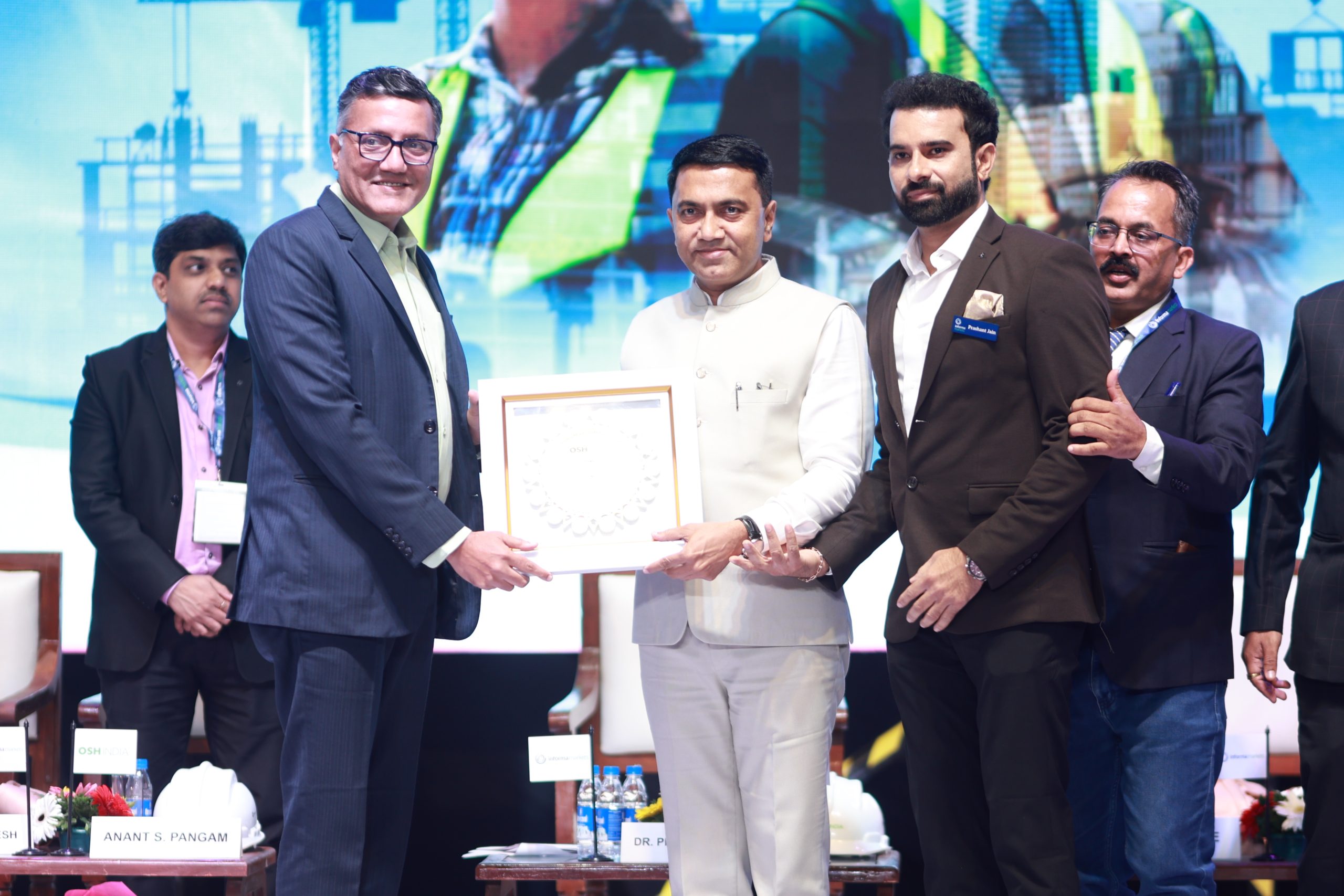

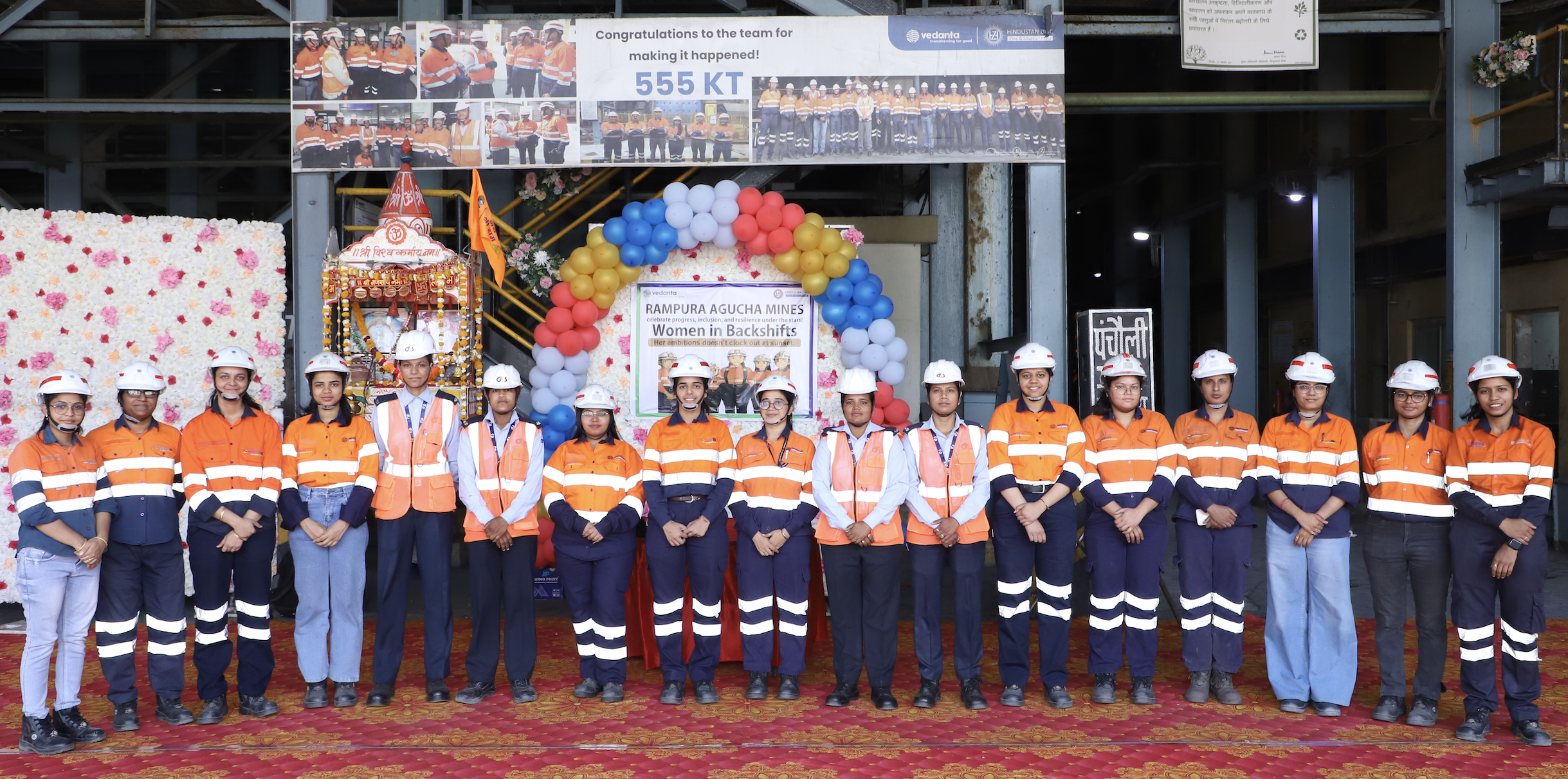
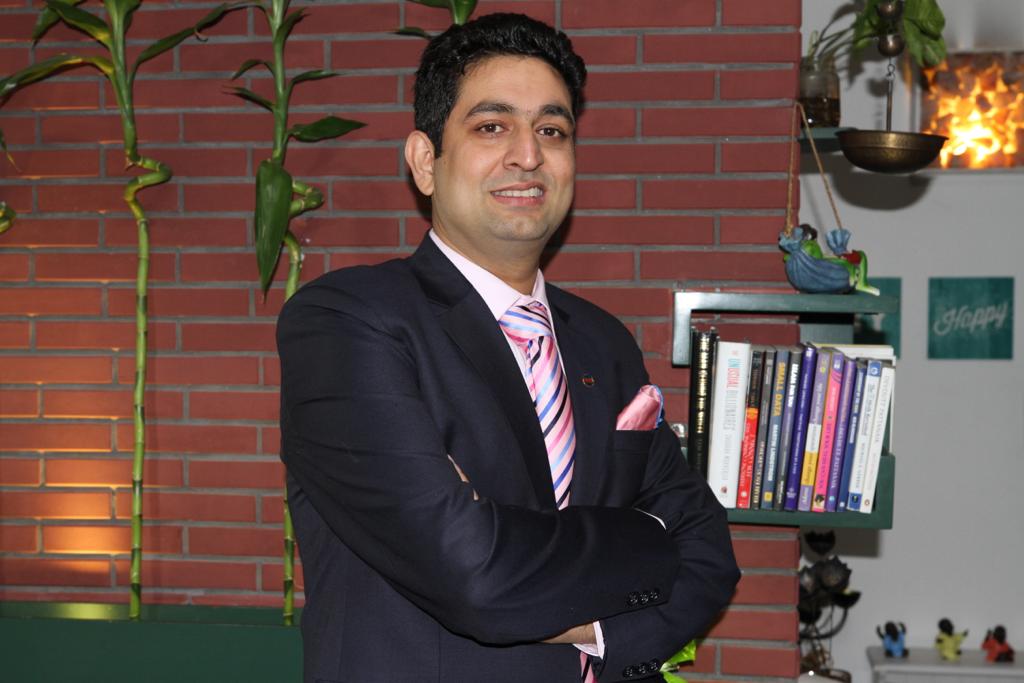

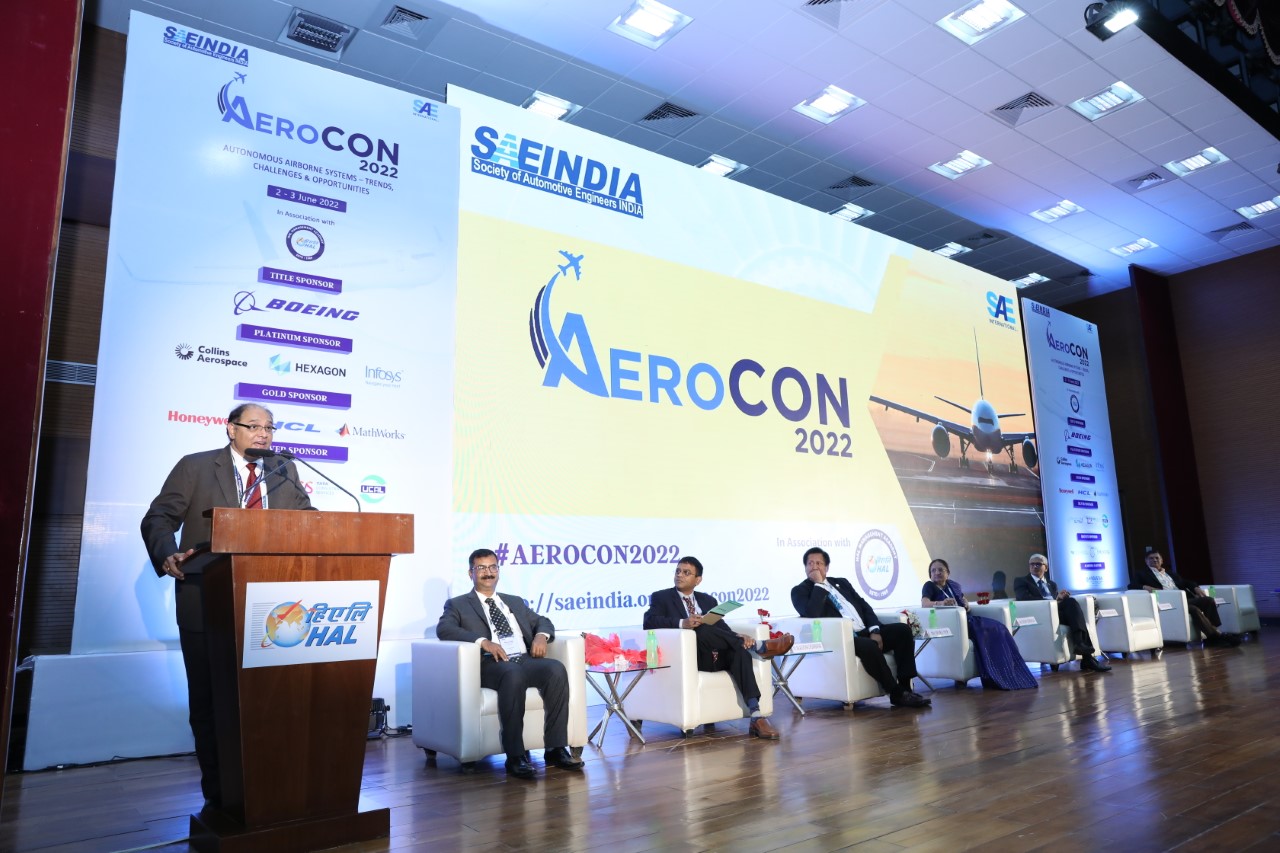



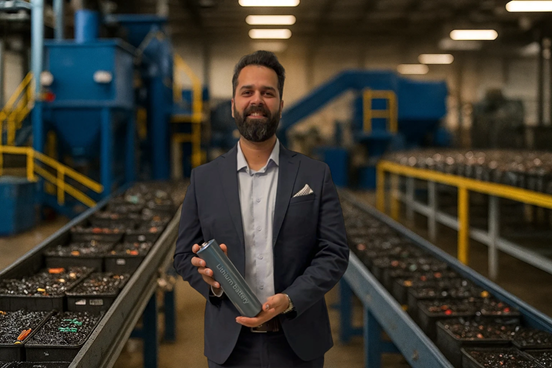
Leave a Reply